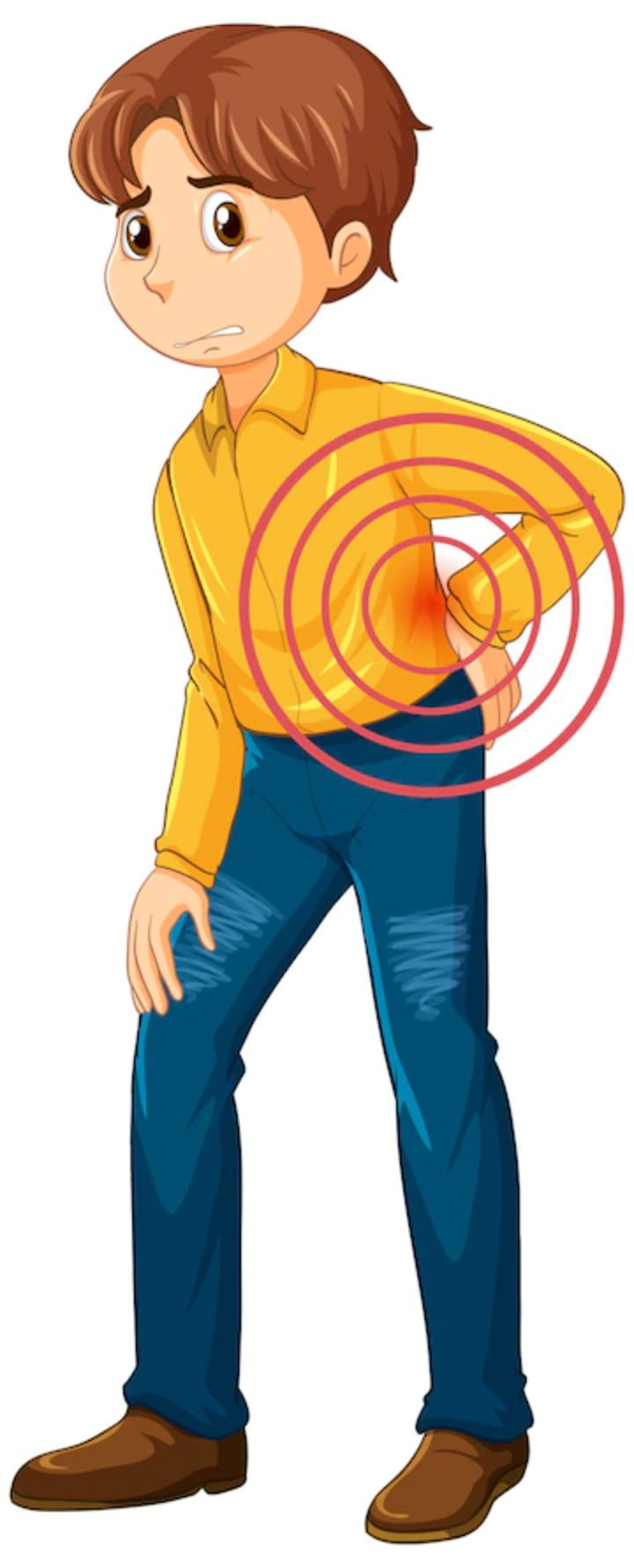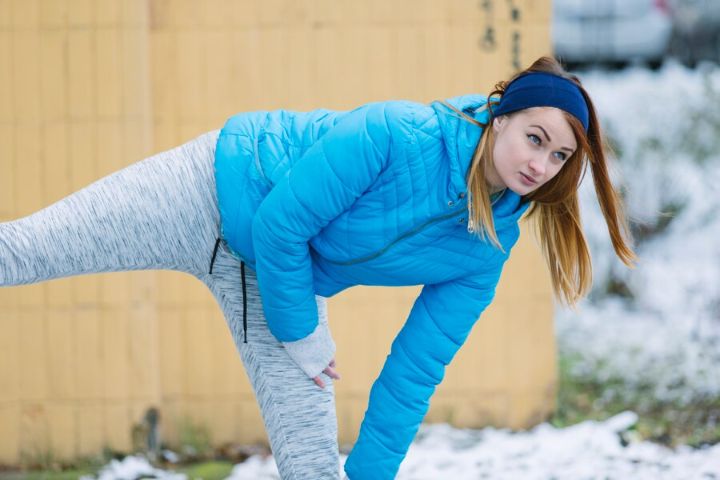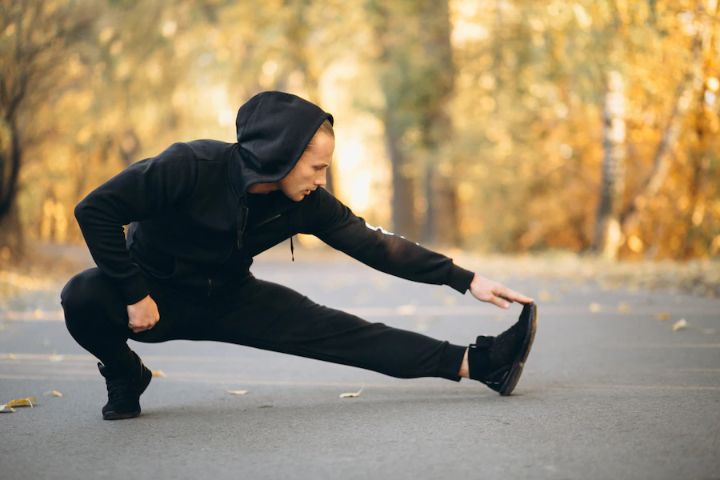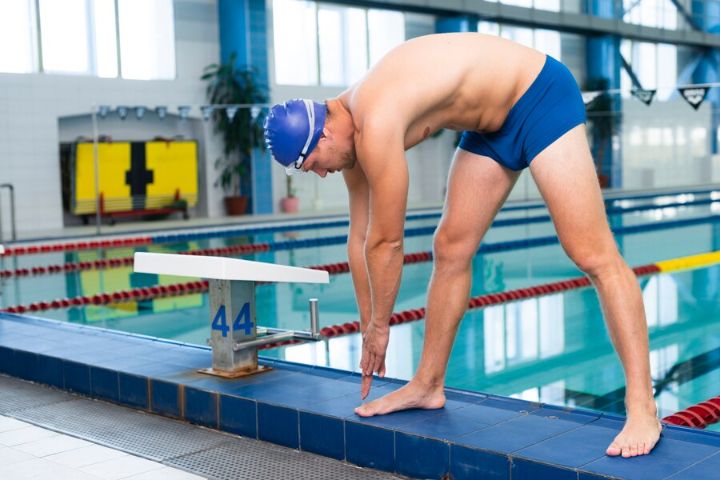Side strain, also known as a side muscle injury, is a tear in the internal oblique musculature. This injury commonly affects athletes in sports involving twisting or sudden movements, such as cricket, baseball, and tennis. The pain is often located in the rib cage area, and it can range from mild to severe, depending on the extent of the injury.
The causes of side strain vary but most commonly occur due to sudden movements that involve twisting the body. Repetitive actions can also contribute to this injury, such as throwing a ball repeatedly. Generally, side muscle pain occurs in the dominant arm side, and the pain will increase with increased activities.
If you experience any of these symptoms, it is essential to seek medical attention promptly. Early diagnosis and appropriate treatment can prevent further damage and promote recovery. Our next section will discuss the diagnostic methods used to identify side strain fully.

Photo Credit: brgfx
Diagnosing side strain typically involves a medical evaluation and imaging tests to identify the location and extent of the injury. If you suspect you have a side muscle injury, it is essential to seek medical attention promptly.
A medical evaluation for side strain will typically involve a review of your medical history, a physical examination, and a discussion of your symptoms. During the physical examination, your doctor will likely feel for the injured muscles and evaluate your range of motion.
Your doctor may also ask you to perform specific movements to assess the severity of the injury. These may include twisting, bending, or stretching the affected area.
To confirm the diagnosis and assess the severity of the injury, your doctor may order imaging tests such as X-rays, MRI scans, or ultrasound imaging. These tests allow your doctor to see the internal structures of your side and identify any damage to the muscles or bones.
X-rays are useful for detecting bone fractures and can help rule out other injuries. MRI scans provide detailed images of soft tissue, such as muscles and tendons, and can help diagnose muscle strains and tears. Ultrasound imaging is another effective diagnostic tool for soft tissue injuries.
Based on the results of your evaluation and imaging tests, your doctor can determine the best course of treatment for your side strain.

Photo Credit: Freepik
If you have been diagnosed with a side strain, several treatment options are available to promote healing and recovery. The treatment plan may vary based on the severity of the injury and other factors, such as your age and overall health.
Resting the affected muscles is one of the most important steps in treating a side strain. This may involve modifying your physical activities or taking a break from sports or other strenuous activities for a period of time. Applying ice to the affected area can also help reduce pain and inflammation. Be sure to wrap the ice pack in a towel to prevent skin damage, and apply it for no more than 20 minutes at a time.
Over-the-counter pain medications, such as acetaminophen or ibuprofen, may be recommended to manage pain associated with side strain. In some cases, your doctor may prescribe stronger pain-relieving medications.
Physical therapy exercises can effectively promote healing and restore strength in the affected muscles. Your therapist may recommend exercises to improve flexibility, range of motion, and overall muscle strength. These exercises may include stretching, massage, or specific movements designed to target the internal oblique musculature.
In addition to physical therapy, alternative therapies such as acupuncture or chiropractic care may be recommended to help manage pain and promote healing.
Returning to physical activity too soon after a side strain can increase re-injury risk and prolong the healing process. Your doctor or physical therapist can guide when it is safe to resume your regular activities and how to increase intensity and duration gradually.

Photo Credit: senivpetro
Overall, treating side strain is addressing the injury promptly and following a comprehensive treatment plan. With proper rest, pain management, and physical therapy, most individuals can recover fully and return to their pre-injury level of activity.
Side strain can be a painful and debilitating injury, but there are steps you can take to reduce your risk. Here are some tips and techniques to prevent side strain:
Before engaging in any physical activity, make sure to warm up properly. This can include light cardio exercises, stretching, and dynamic movements that mimic the activity you will be doing. A proper warm-up can help prepare your muscles for the demands of your sport or exercise, reducing the risk of injury.
Stretching can help improve flexibility and mobility, reducing the strain on your muscles during physical activity. Be sure to incorporate stretches that target the muscles in your side, such as the internal and external obliques. Hold each stretch for 20-30 seconds and repeat on both sides.
A strong core can help support your body during physical activity, reducing the strain on your side muscles. Incorporate exercises that target your abdominal muscles, such as planks or crunches, into your routine. Be sure to also work on strengthening your back muscles to maintain balance and prevent strain.
Overuse and fatigue can increase your risk of side strain. Make sure to take breaks and rest as needed during physical activity. If you start to experience pain or discomfort, stop and take a break before continuing.
Dehydration can increase the risk of muscle strain and injury. Make sure to drink plenty of water before, during, and after physical activity to keep your muscles hydrated and functioning properly.
Using proper form during physical activity can help reduce muscle strain. Make sure to use the correct technique and form when performing exercises or playing sports, and seek instruction from a professional if needed.

Photo Credit: Freepik
Incorporating these tips and techniques into your routine can help prevent side strain and reduce your risk of injury. Remember, prevention is key when it comes to managing and recovering from side strain.
The recovery timeline for side strain can vary depending on the severity of the injury. Mild cases may take a few weeks, while more severe cases can take several months to fully heal. It’s important to follow your doctor’s advice and not rush the recovery process to prevent recurrence.
Recurrence of side strain is possible, especially if the injury was not allowed to fully heal before returning to physical activity. That’s why following the recommended recovery timeline is essential, gradually returning to activity, and incorporating preventive measures to reduce re-injury risk.
Returning to physical activity should only be done under the guidance of a healthcare professional. In general, wait until the pain and swelling have subsided and gradually increase the intensity of your activity. Take your time back into full activity before your body is ready.
Yes, preventive measures such as proper warm-up exercises, stretching routines, and strengthening techniques can help reduce the risk of side strain. It’s also essential to listen to your body and not push yourself too hard too quickly.